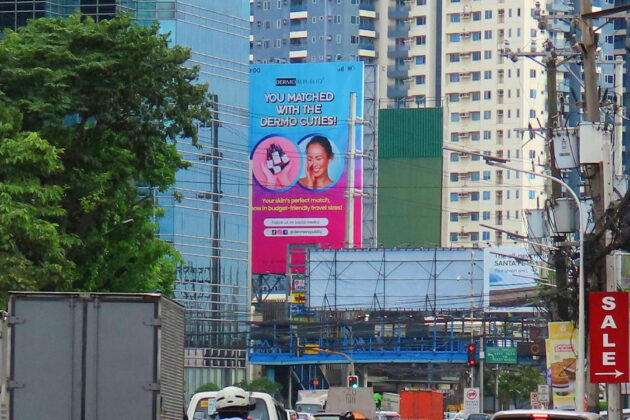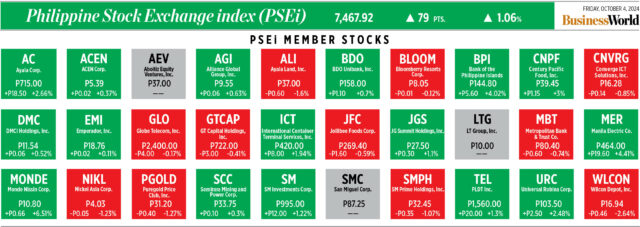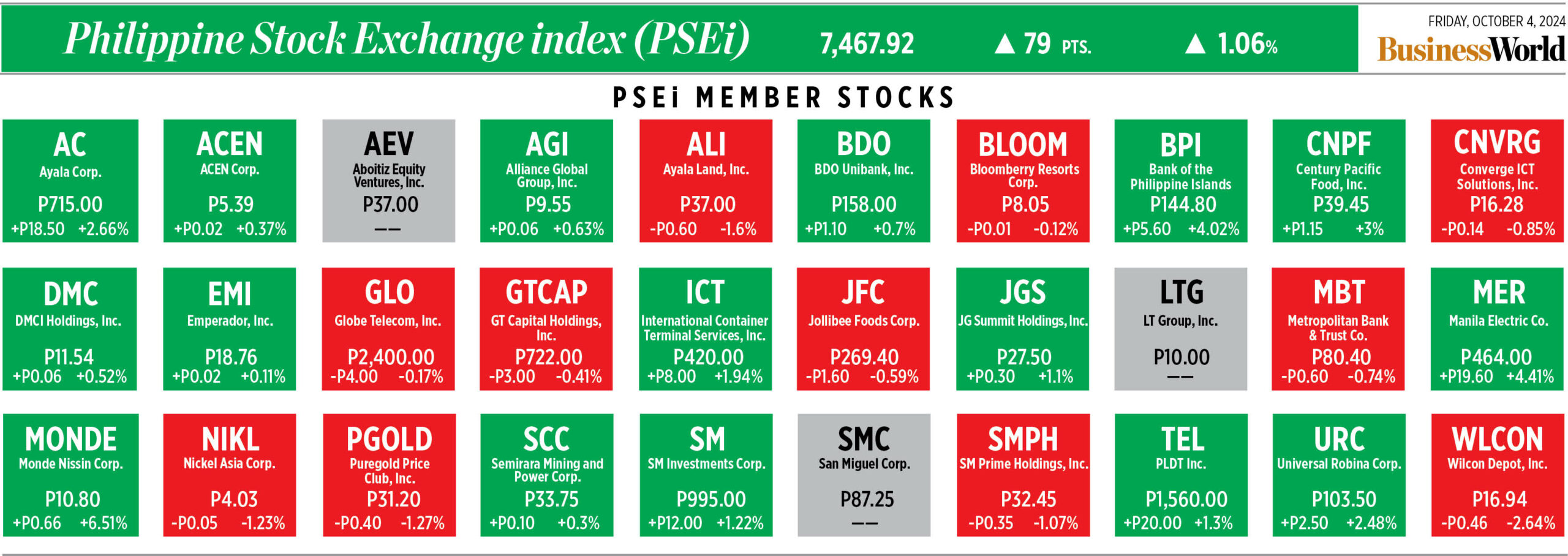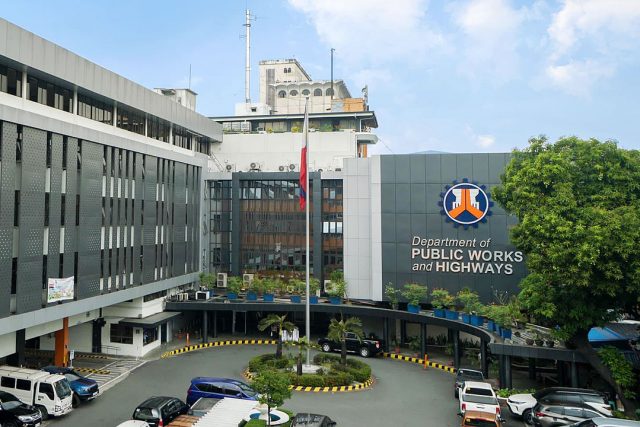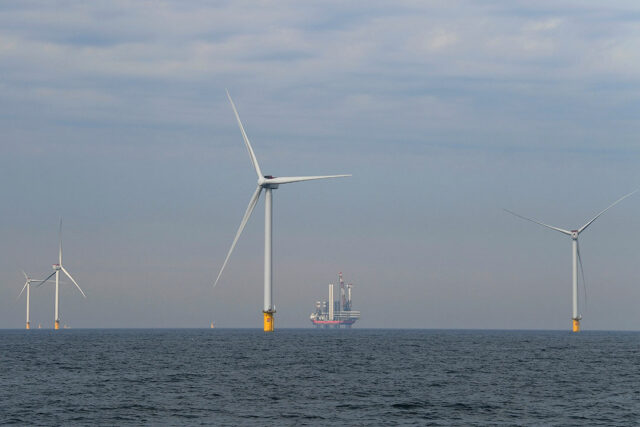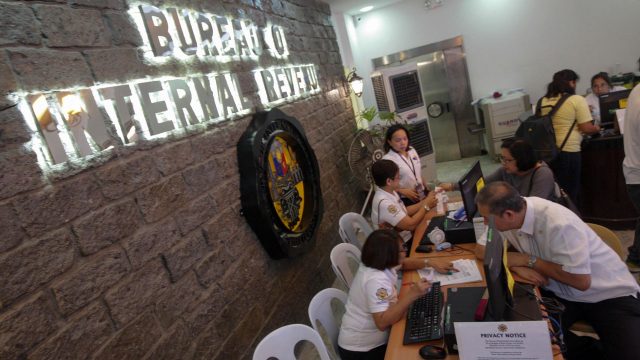Transforming the country’s mental healthcare system
The second week of October every year is National Mental Health Week. The World Health Organization (WHO) describes mental health as a state of mental wellbeing that enables people to cope with the stresses of life, realize their abilities, learn well and work well, and contribute to their community.
Mental health conditions can cause difficulties in all aspects of life, including relationships with family, friends, and community. They can result from or lead to problems at school and at work. People with severe mental health conditions die 10 to 20 years earlier than the general population, explains the WHO.
The economic consequences of mental health conditions are also enormous, with productivity losses significantly outstripping the direct costs of care, the WHO added.
At least 3.6 million Filipinos suffer from mental, neurological, and substance use disorders, according to the Department of Health (DoH). The 2021 Young Adult Fertility and Sexuality Study (YAFS5), which was conducted at the height of the COVID-19 pandemic, found that the percentage of Filipinos aged 15 to 24 who ever considered ending their life or attempted suicide more than doubled between 2013 and 2021. Likewise, the percentage of Filipino youth who often felt depressive symptoms almost doubled from 2013 to 2021. Depressive symptoms include feeling lonely, sad, or depressed, and feeling disliked by other people.
Almost nine out of 10 employees in the Philippines (87%) experience work-related mental health issues, a recent study by an insurance company showed. The mental health issues reported by the respondents included fatigue, trouble sleeping, stress and anxiety, loss of interest, difficulty concentrating, loss of self-confidence, a feeling of worthlessness, and appetite or eating disorders.
Access to mental health services in the country can still be improved, with less than one mental health worker for every 100,000 Filipinos according to the Philippine Mental Health Association, an NGO composed of mental health professionals and advocates.
A 2023 study showed that 40% of local mental health professionals consider high financial cost as the top barrier for patients seeking access to mental healthcare in the country. Cost was followed closely by stigma-related barriers, namely embarrassment or shame (35.9%), concern about being perceived as “crazy” (31.0%) or weak (30.3%), and concern about the reaction of family (23.4%) and other people (22.1%).
The study was conducted by the Harvard Humanitarian Initiative as part of its HHI Resilient Communities program in cooperation with the Philippine Psychiatric Association and Psychological Association of the Philippines.
Recognizing the urgency of addressing this problem, the DoH in collaboration with the WHO launched the 2024-2028 Philippine Council for Mental Health (PCMH) Strategic Framework. The framework will guide the development and implementation of mental health policies, programs, and services to address the significant burden of mental illness and improve mental health and wellbeing in the country.
Aligned with the DoH 8-Point Action Agenda and formulated through the inputs of various government agencies and key stakeholders, the five-year strategic plan aims to reduce premature mortality, prevent and treat substance abuse effectively, and reduce the vulnerability of individuals and communities to mental, neurological, and substance use disorders.
Since the enactment of the Mental Health Act in 2018, the DoH has scaled up mental health services and the provision of quality essential medicines, including mental health medicines. The Health department has also capacitated health and non-health personnel at the primary care level through the continuous implementation of the Mental Health Gap Action Program (mhGAP) in local government units. The National Center for Mental Health’s 24/7 crisis hotlines were also established.
Areas for improvement remain, according to Filipino psychiatrist Dr. Rowalt Alibudbud in his paper “Towards transforming the mental health services of the Philippines,” published in the peer-reviewed journal The Lancet Regional Health — Western Pacific in October 2023.
The paper pointed out that mental health services in the country are concentrated in psychiatric hospitals and outpatient care services in general hospitals, with limited integration into primary healthcare and informal community support. As such, it recommended the establishment of community-based mental health services and implementation of processes to improve mental healthcare accessibility and affordability.
The paper also underscored the importance of integrating different levels of care to ensure an efficient and responsive mental healthcare system. Resources in tertiary-level services, including psychiatrists and emergent services, can be harnessed to facilitate the training of primary care workers and establish referral centers within communities.
The research-based pharmaceutical industry is actively engaged in the global fight against mental and neurological disorders. We have more than 200 compounds in research and development, and several on-the-ground partnerships to help patients.
Our industry believes that multistakeholder participation and a whole-of-society approach are crucial in transforming the country’s mental healthcare system to reduce the burden of mental and neurological disorders and improve mental health among Filipinos. Overcoming stigma; strengthening primary care services; and engaging the social, economic, and education branches of government and across sectors are pivotal tasks for the country’s health community.
Teodoro B. Padilla is the executive director of Pharmaceutical and Healthcare Association of the Philippines which represents the biopharmaceutical medicines and vaccines industry in the country. Its members are in the forefront of research and development efforts for COVID-19 and other diseases that affect Filipinos.




